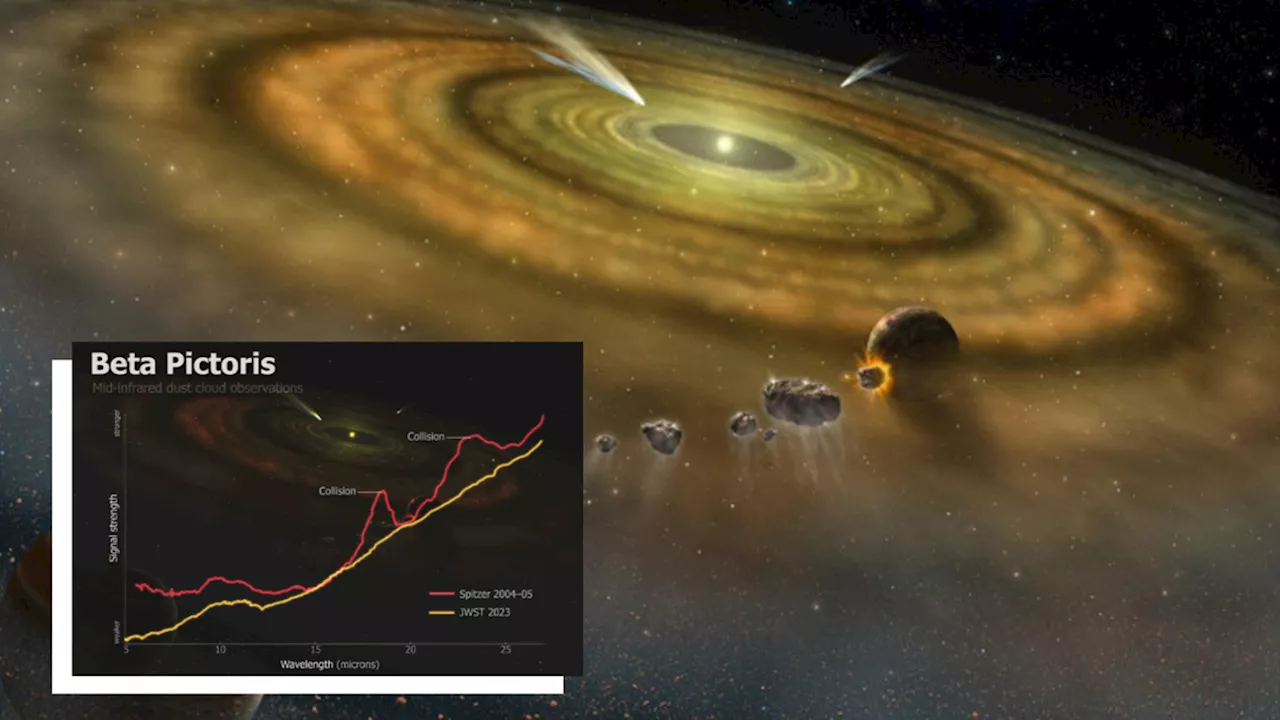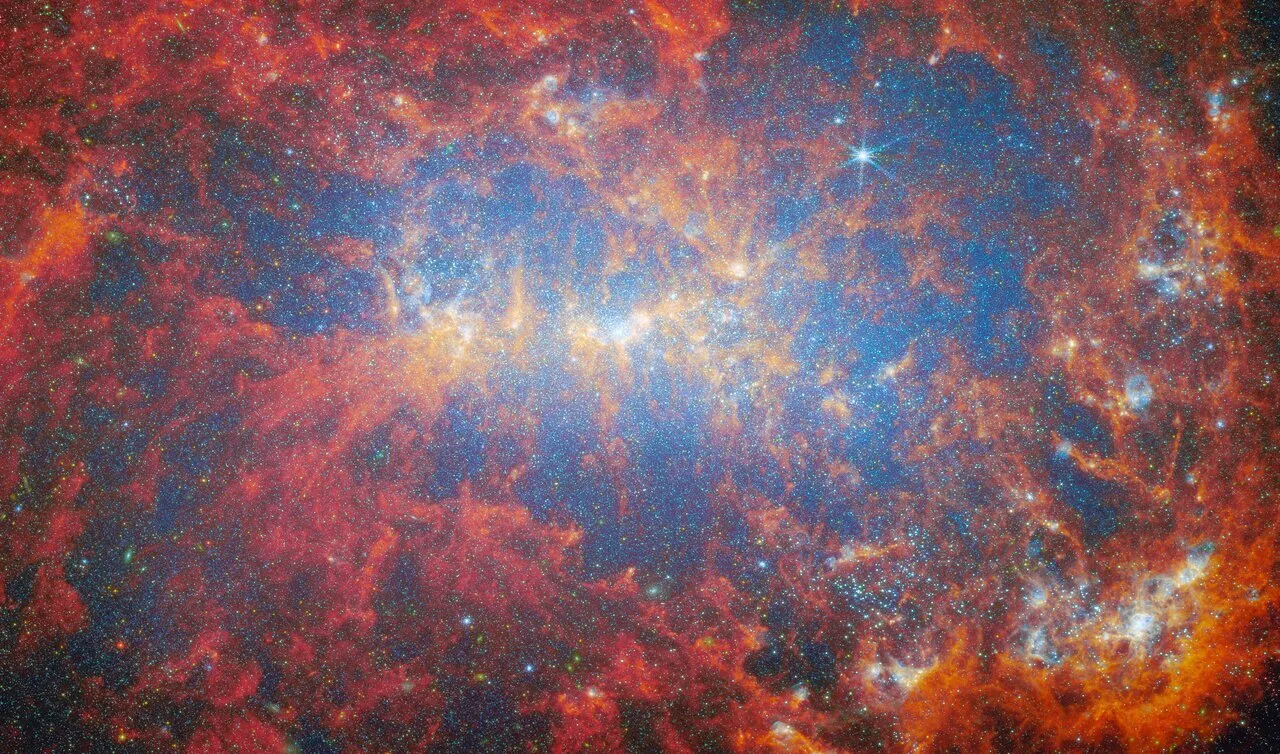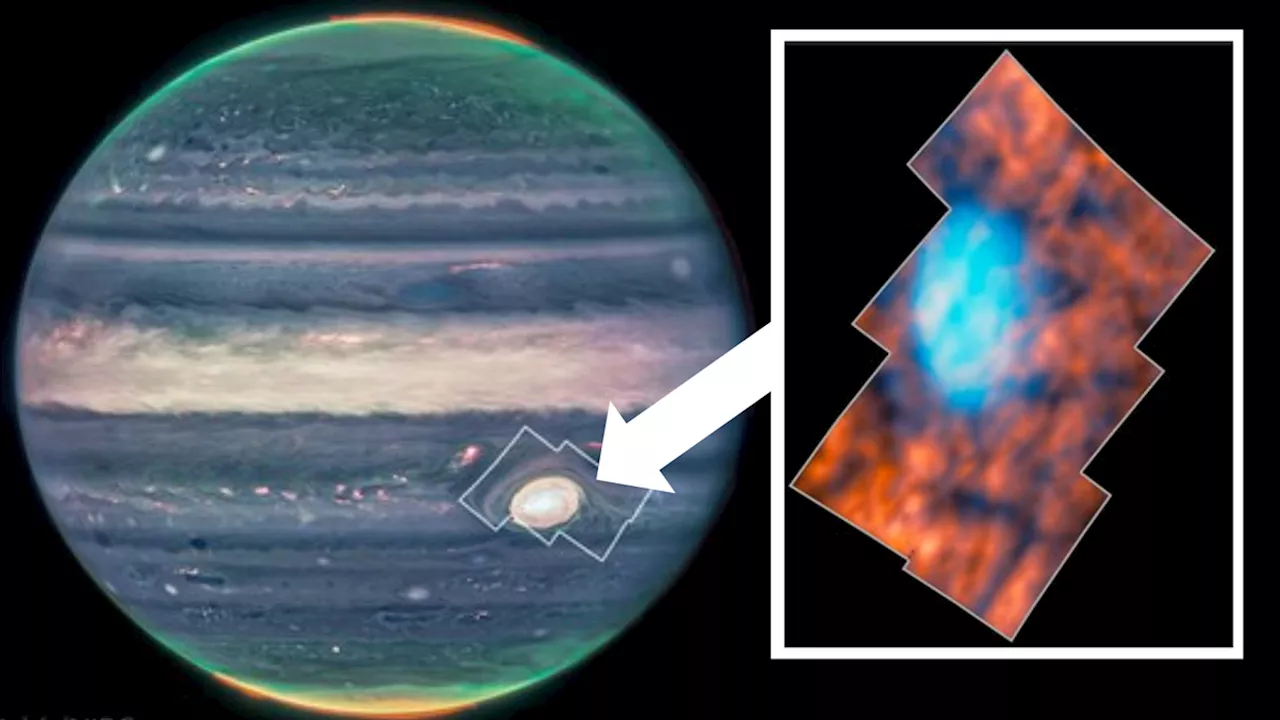Robert Lea is a science journalist in the U.K. whose articles have been published in Physics World, New Scientist, Astronomy Magazine, All About Space, Newsweek and ZME Science. He also writes about science communication for Elsevier and the European Journal of Physics. Rob holds a bachelor of science degree in physics and astronomy from the U.K.
Using the James Webb Space Telescope , astronomers have discovered star clusters in the"Cosmic Gems" arc that existed just 460 million years after the Big Bang. This marks the first discovery of star clusters in an infant galaxy, seen as it was when the 13.8 billion-year-old universe was less than 500 million years old.and officially designated SPT0615-JD1, is a gravitationally lensed infant galaxy around 13.3 billion light-years from Earth.
More specifically, these five early star clusters can show where stars formed and how they were distributed during the infancy of the cosmos. This offers a unique opportunity to study star formation as well as the inner workings of infant galaxies at an unprecedented distance, the study team says.
When light from background sources passes this warping, its path gets curved. The closer the light passes to the warping object, the more its path gets curved. As a result of this, light from a single object can arrive to an observer, like the JWST, more than once and at different times. One promising follow-up study to come from this JWST observation of early star clusters relates to how arrangements of stars, called"," are formed. As seen in our galaxy, the Milky Way, globular clusters are ancient relics of intense bursts of star formation in the early universe.
The study of the Cosmic Gems arc will continue with the team behind this research already planning to observe this early galaxy with the JWST's
France Dernières Nouvelles, France Actualités
Similar News:Vous pouvez également lire des articles d'actualité similaires à celui-ci que nous avons collectés auprès d'autres sources d'information.
 James Webb Space Telescope spots asteroid collision in neighboring star systemRobert Lea is a science journalist in the U.K. whose articles have been published in Physics World, New Scientist, Astronomy Magazine, All About Space, Newsweek and ZME Science. He also writes about science communication for Elsevier and the European Journal of Physics. Rob holds a bachelor of science degree in physics and astronomy from the U.K.
James Webb Space Telescope spots asteroid collision in neighboring star systemRobert Lea is a science journalist in the U.K. whose articles have been published in Physics World, New Scientist, Astronomy Magazine, All About Space, Newsweek and ZME Science. He also writes about science communication for Elsevier and the European Journal of Physics. Rob holds a bachelor of science degree in physics and astronomy from the U.K.
Lire la suite »
 Space photo of the week: James Webb telescope spots galaxy churning out stars in overtimeJamie Carter is a freelance journalist and regular Live Science contributor based in Cardiff, U.K. He is the author of A Stargazing Program For Beginners and lectures on astronomy and the natural world. Jamie regularly writes for Space.com, TechRadar.com, Forbes Science, BBC Wildlife magazine and Scientific American, and many others.
Space photo of the week: James Webb telescope spots galaxy churning out stars in overtimeJamie Carter is a freelance journalist and regular Live Science contributor based in Cardiff, U.K. He is the author of A Stargazing Program For Beginners and lectures on astronomy and the natural world. Jamie regularly writes for Space.com, TechRadar.com, Forbes Science, BBC Wildlife magazine and Scientific American, and many others.
Lire la suite »
 Image: James Webb Space Telescope spots starburst galaxyThe James Webb Space Telescope observed the 'starburst' galaxy NGC 4449, seen in this image released on May 29, 2024.
Image: James Webb Space Telescope spots starburst galaxyThe James Webb Space Telescope observed the 'starburst' galaxy NGC 4449, seen in this image released on May 29, 2024.
Lire la suite »
 James Webb Space Telescope spots the 2 earliest galaxies ever seen (image)Robert Lea is a science journalist in the U.K. whose articles have been published in Physics World, New Scientist, Astronomy Magazine, All About Space, Newsweek and ZME Science. He also writes about science communication for Elsevier and the European Journal of Physics. Rob holds a bachelor of science degree in physics and astronomy from the U.K.
James Webb Space Telescope spots the 2 earliest galaxies ever seen (image)Robert Lea is a science journalist in the U.K. whose articles have been published in Physics World, New Scientist, Astronomy Magazine, All About Space, Newsweek and ZME Science. He also writes about science communication for Elsevier and the European Journal of Physics. Rob holds a bachelor of science degree in physics and astronomy from the U.K.
Lire la suite »
 James Webb Space Telescope spies strange shapes above Jupiter's Great Red Spot (image)Robert Lea is a science journalist in the U.K. whose articles have been published in Physics World, New Scientist, Astronomy Magazine, All About Space, Newsweek and ZME Science. He also writes about science communication for Elsevier and the European Journal of Physics. Rob holds a bachelor of science degree in physics and astronomy from the U.K.
James Webb Space Telescope spies strange shapes above Jupiter's Great Red Spot (image)Robert Lea is a science journalist in the U.K. whose articles have been published in Physics World, New Scientist, Astronomy Magazine, All About Space, Newsweek and ZME Science. He also writes about science communication for Elsevier and the European Journal of Physics. Rob holds a bachelor of science degree in physics and astronomy from the U.K.
Lire la suite »
 James Webb Space Telescope spies never-before-seen star behavior in distant nebula (video, photo)Space.com contributing writer Stefanie Waldek is a self-taught space nerd and aviation geek who is passionate about all things spaceflight and astronomy.
James Webb Space Telescope spies never-before-seen star behavior in distant nebula (video, photo)Space.com contributing writer Stefanie Waldek is a self-taught space nerd and aviation geek who is passionate about all things spaceflight and astronomy.
Lire la suite »
